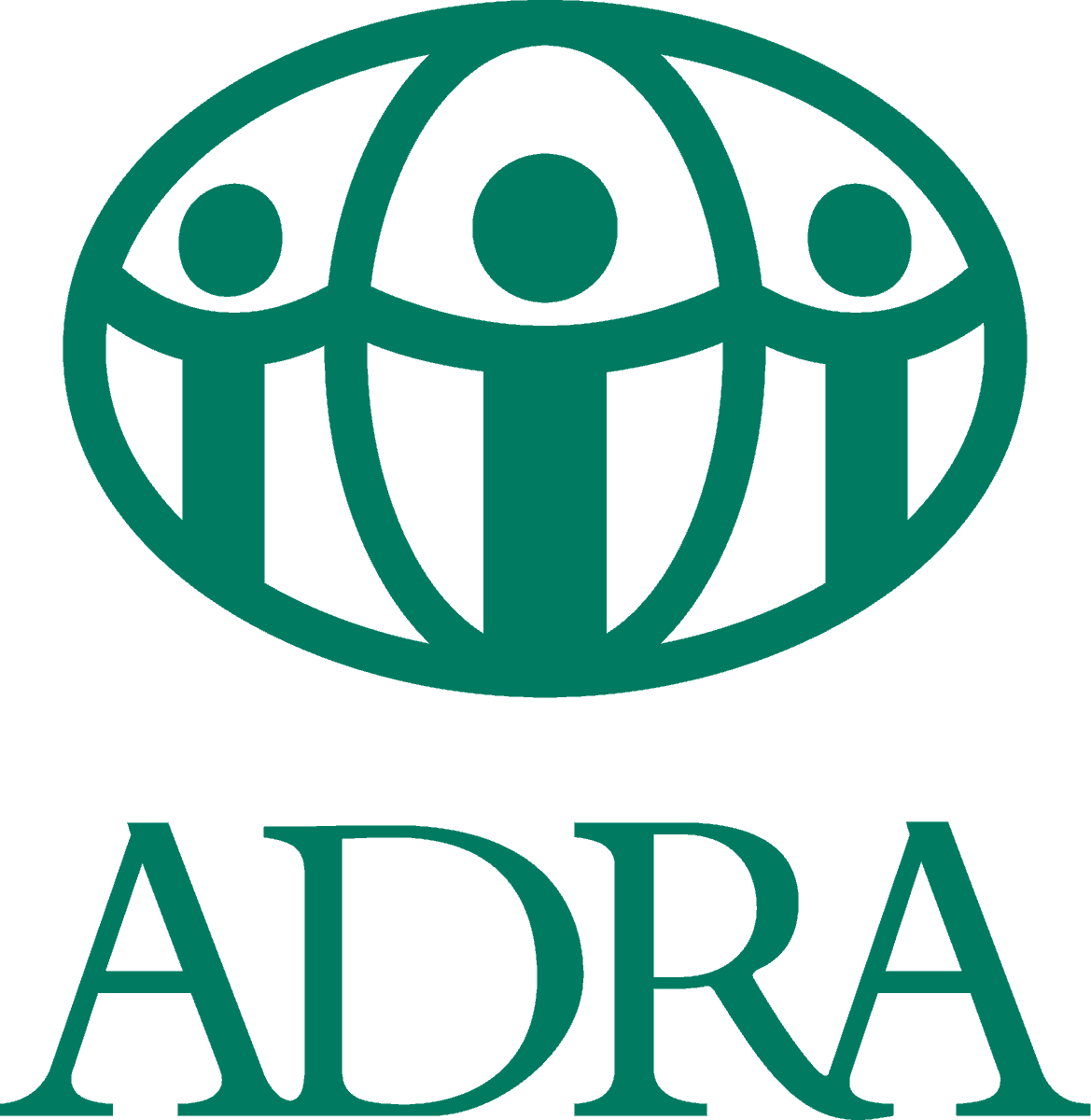Intuitively, how would you answer the following question?
In the last 20 years, the proportion of the world population living in extreme poverty has …
- Almost doubled
- Remained more or less the same
- Almost halved.

Even if your perception might be different, C is correct. Figures show that much has been achieved over the last 30 years. The percentage of people living in absolute poverty, on less than 2 US$ per day, has almost halved. Even though we face immense challenges of inequality in this world, the vast majority of people today no more live in absolute poverty (below 2 US$ a day) as highlighted in the inspiring book “Factfulness”[1]. Joint efforts have worked – this is the good news – and basic modernization has reached most people and improved their lives drastically. They can safely store food, carry water in plastic jerrycans, and can kill germs by using soap. They have access to healthcare and send their children to school.
With your donations for sustainable development cooperation projects, you have played a part in this good news. Thank you!
Still, about 1 billion people on our planet live in extreme poverty, walking for kilometres on foot every day to fetch water and gather firewood, eating the same porridge every day – if they have something to eat. They cannot afford medicine and struggle to send their children to school. They often work under dangerous conditions, live in unsafe housing, lack nutritious food, and have unequal access to justice. They are suffering the effects of climate change as well as other environmental challenges.
Unequal progress is the reason behind the inequality that we see in the world today. We have the opportunity – and responsibility – to empower those that have been “left behind” to live a life where health, access to education, and prosperity is a reality.
Increasing a person’s income from 2$ to 8$ (or even 16$) may seem insignificant from our European perspective. But already, the first level much improves in the lives of the poorest. Still, life remains very uncertain. A sudden illness or another external situation can throw them back into extreme poverty and vulnerability.
Then came the global pandemic.
On 17th October 2021, we commemorate the International Day for the Eradication of Poverty in the context of the global pandemic. COVID-19 has aggravated the situation again. Poverty increased for the first time since 1990 and the United Nations anticipate that in some regions, the adverse impacts could result in poverty levels similar to those recorded 30 years ago[2]. Oxfam’s „The inequality virus“ report[3] shows that people living in poverty could need 14 times longer to return to pre-pandemic levels than the top 1.000 primarily white and male billionaires. Our joint efforts for the poorest are required and will have an impact.
How smallholder farmers in Nepal learn techniques to overcome poverty and adapt to climate change.
Kulsan Khatun is 48 years old. She has experienced many crop failures in recent years and has spent a lot of money buying vegetables for her 15 family members. COVID-19 made the situation of families increasingly difficult with movement restrictions, fewer daily labour jobs, or migrational workers having to return from India.

Her home is Nepal’s Province 2, which stretches from the foothills of the Himalayas down to the lowlands bordering India. The effects of climate change threaten the livelihoods of many small farmers here: water scarcity in the dry season, flooding in the rainy season, and frequent crop failures.
To sustainably strengthen the resilience of the affected families, ADRA and local partners are aiming at raising farmers’ income by building awareness among the communities about the causes and consequences of climate change. One of the challenges was that residents expected major infrastructure such as river dams to protect them from climate risks. They are now learning to present their rights to local governments. These are being supported in parallel to incorporate climate change measures into their policy plans and programs.
To ensure immediate food security, the families are learning climate-adapted farming methods. To this end, around 2,000 smallholders (74% women) have been organized into groups. They identify climate risks and develop adaptation plans. The climate field school concept serves as the core of the training. It involves establishing a network of lead farmers who learn climate-adapted farming methods, for example, to plant tomatoes, eggplants, cucumbers, chilies, and beans. Throughout the harvest cycle, they conduct hands-on training in their villages as multipliers. The smallholders apply various new cultivation methods on test fields and compare them with their traditional practices.
Kulsan Khatun sums up, “I have learned soil treatment, seedling production, how to build a foil tunnel for growing vegetables in the rainy season, how to prepare liquid fertilizer with local materials, disease and insect control, and drip irrigation. I now produce enough vegetables for family consumption and can sell the surplus. I can set aside about €21 per month to cover the cost of my granddaughter’s schooling.”
A life as God intended.
Reaching the most vulnerable people through advocacy and integrated projects, empowering them through education, income-generating activities, and access to health is ADRAs mission. Ending poverty is not just helping the poor – it is giving every woman and man the chance to live with dignity. It is helping them to live a life as God intended.
Corinna Wagner, ADRA Austria
[1] Rosling, H., Rosling, O., & Rönnlund, A. R. (2019). Factfulness: ten reasons we’re wrong about the world – and why things are better than you think.
[2] (https://www.un.org/en/observances/day-for-eradicating-poverty)
[3] https://www.oxfamamerica.org/explore/issues/extreme-inequality-and-poverty/




